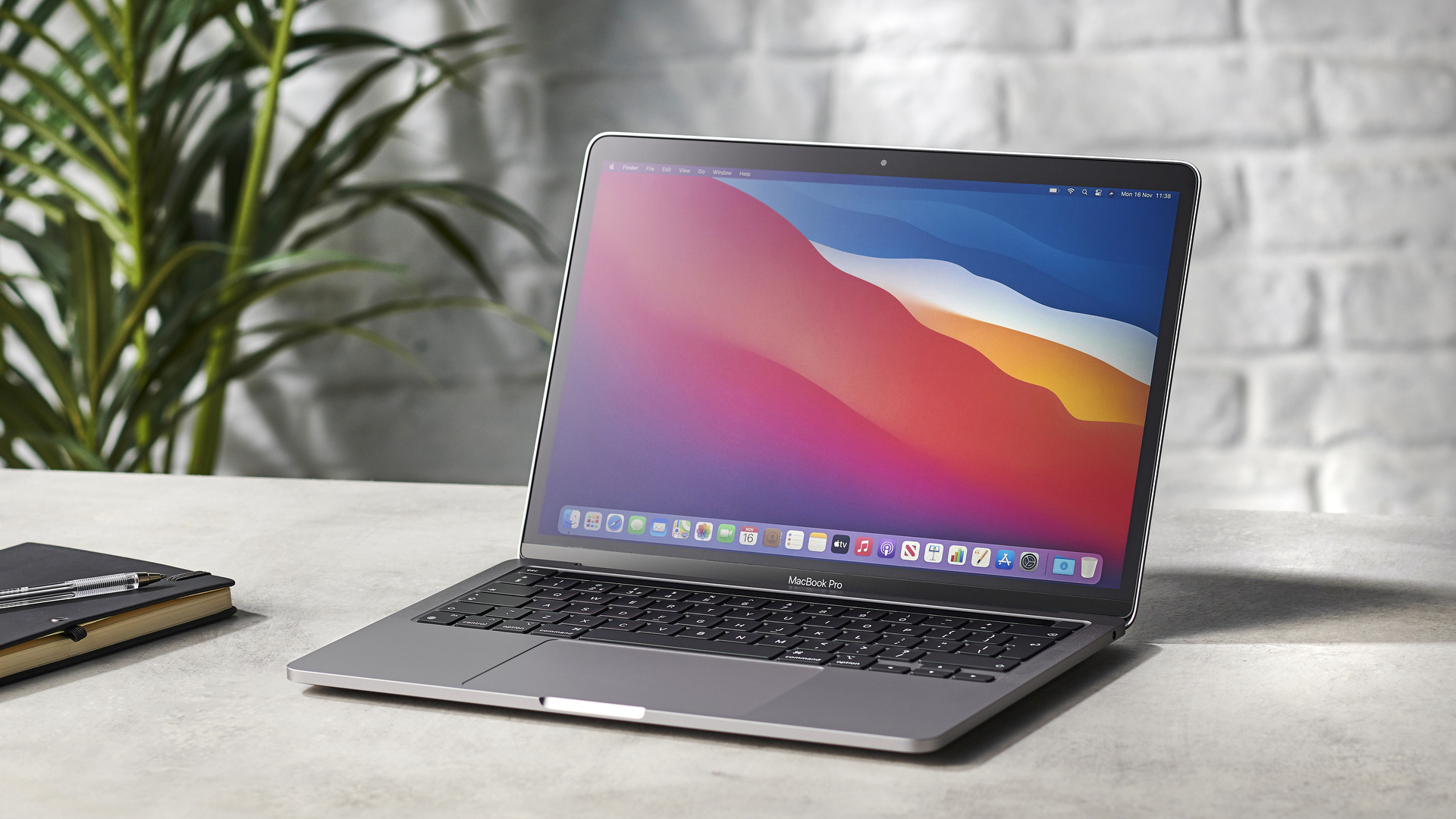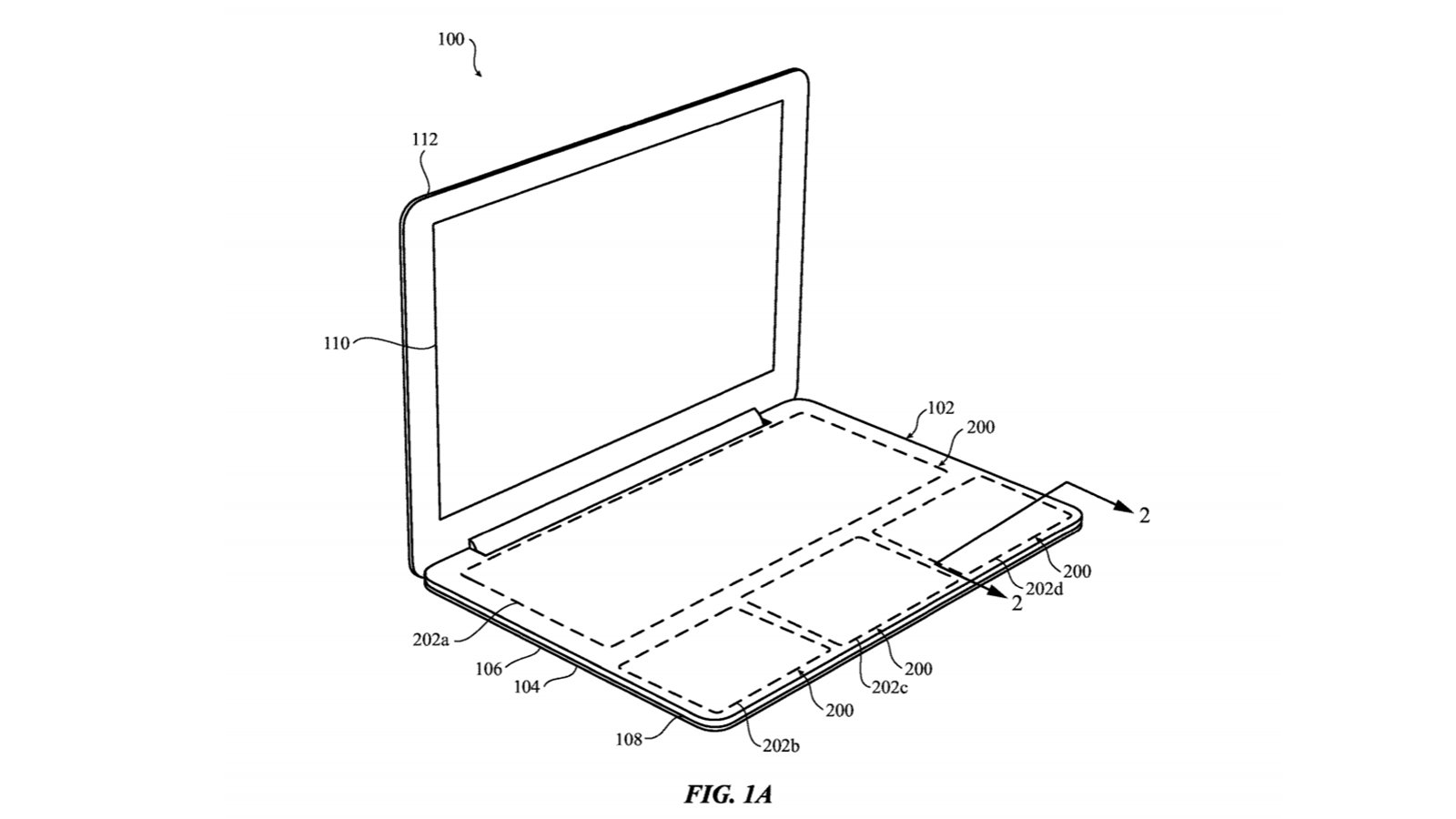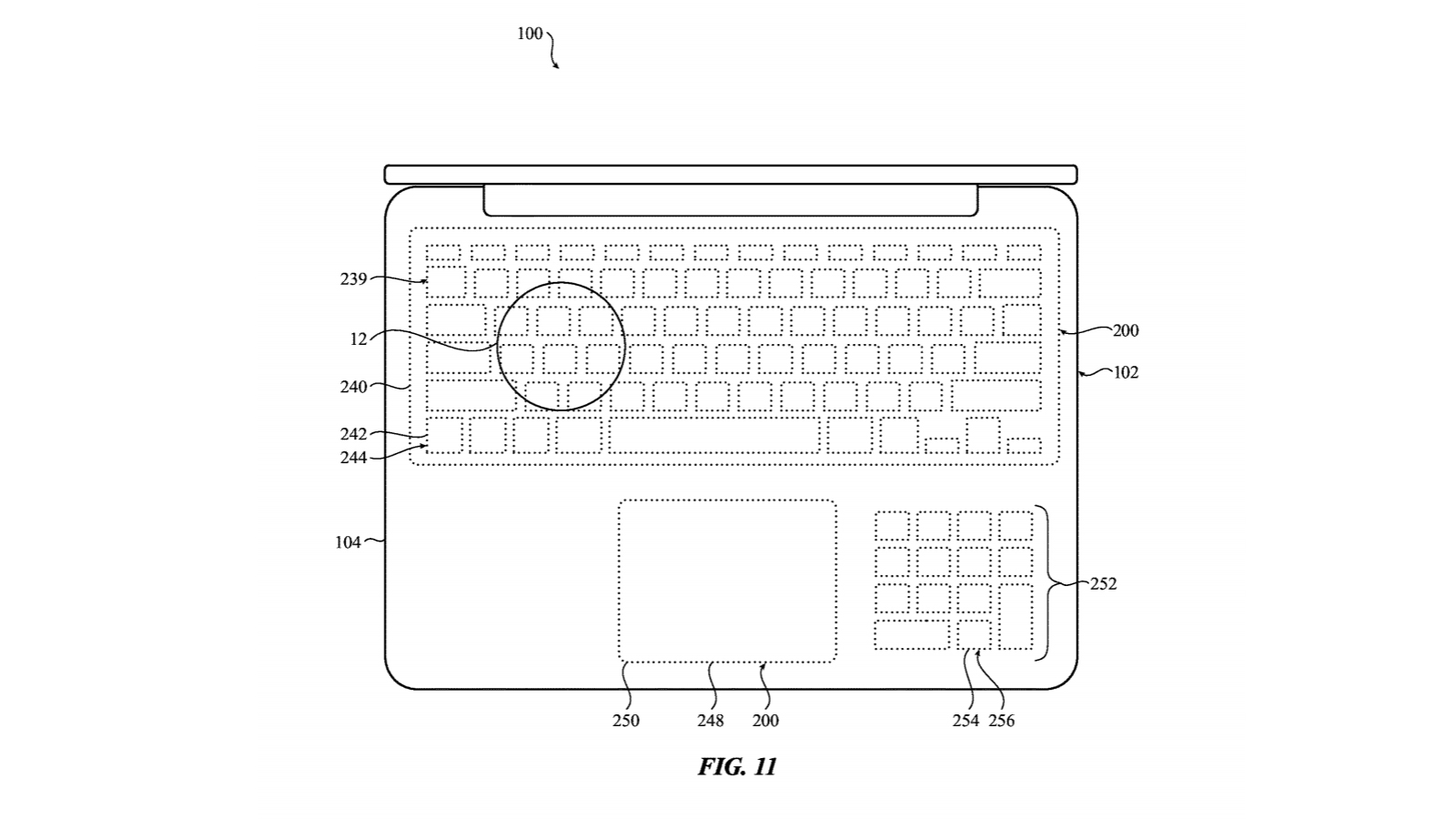Apple wants to reinvent the keyboard on future MacBooks
Apple patents a solid state keyboard

Apple has just been granted a patent on a MacBook with a solid-state keyboard (SSK) – essentially, a flat glass surface that can be reconfigured on the fly depending on the individual needs of the user.
That means if you're doing data entry into a spreadsheet, you can set up a numpad into one of the SSK's regions or wipe away the keys to turn it into a drawing surface for graphics design tasks.
- Apple M1 chip: performance, specs and release date
- Here are the best MacBooks and Macs of 2021
- Check out MacBook Air (M1) review




While the patent certainly looks cool, as 9to5Mac points out, there are some hurdles to overcome for something variable like this to replace the tried-and-true tactile keyboard.
For one, professionals who type a great deal for a living will be the first to tell you how important touch-typing is to their productivity. That kind of experience is very hard to replicate on a flat glass surface. It also isn't the most comfortable, especially after prolonged use.
Another is the amount of feedback physical keys give you when you are typing – ask anyone who loves to use a mechanical keyboard what it's like to type on a non-mechanical device and they'll scoff. Ask them what it's like to type on an iPad and you'll offend them.
Still, a solid state keyboard is a cool idea
There are still a lot of good reasons to pursue a solid state keyboard though. For one, standard keyboards wear out with use and are easily damaged by, say, a spilled cup of coffee.
Worse still, a liquid spill into a keyboard can threaten to damage more than the typing surface, since vital laptop components are directly underneath the keys – and there's no way to fully waterproof the internals and still have a functioning keyboard. After all, there needs to be a physical connection between the keys themselves and the system internals, so liquid can always find a way in.
Sign up for breaking news, reviews, opinion, top tech deals, and more.
A solid state surface can eliminate this hazard, and while it's not going to herald a new era of waterproof laptops, it's not nothing.
Also, having the ability to reassign space on a solid state surface of the laptop to perform different functions on the fly is the kind of thing you see in science fiction films, and could be as useful as we imagine. We could even see new peripheral inputs that you could download instead of having to buy a bunch of new devices that plug in via USB.
As always, just because there is a patent doesn't mean that this will necessarily come to market. It'd be really cool if it did though.
- Stay up to date on all the latest tech news with the TechRadar newsletter

John (He/Him) is the Components Editor here at TechRadar and he is also a programmer, gamer, activist, and Brooklyn College alum currently living in Brooklyn, NY.
Named by the CTA as a CES 2020 Media Trailblazer for his science and technology reporting, John specializes in all areas of computer science, including industry news, hardware reviews, PC gaming, as well as general science writing and the social impact of the tech industry.
You can find him online on Bluesky @johnloeffler.bsky.social